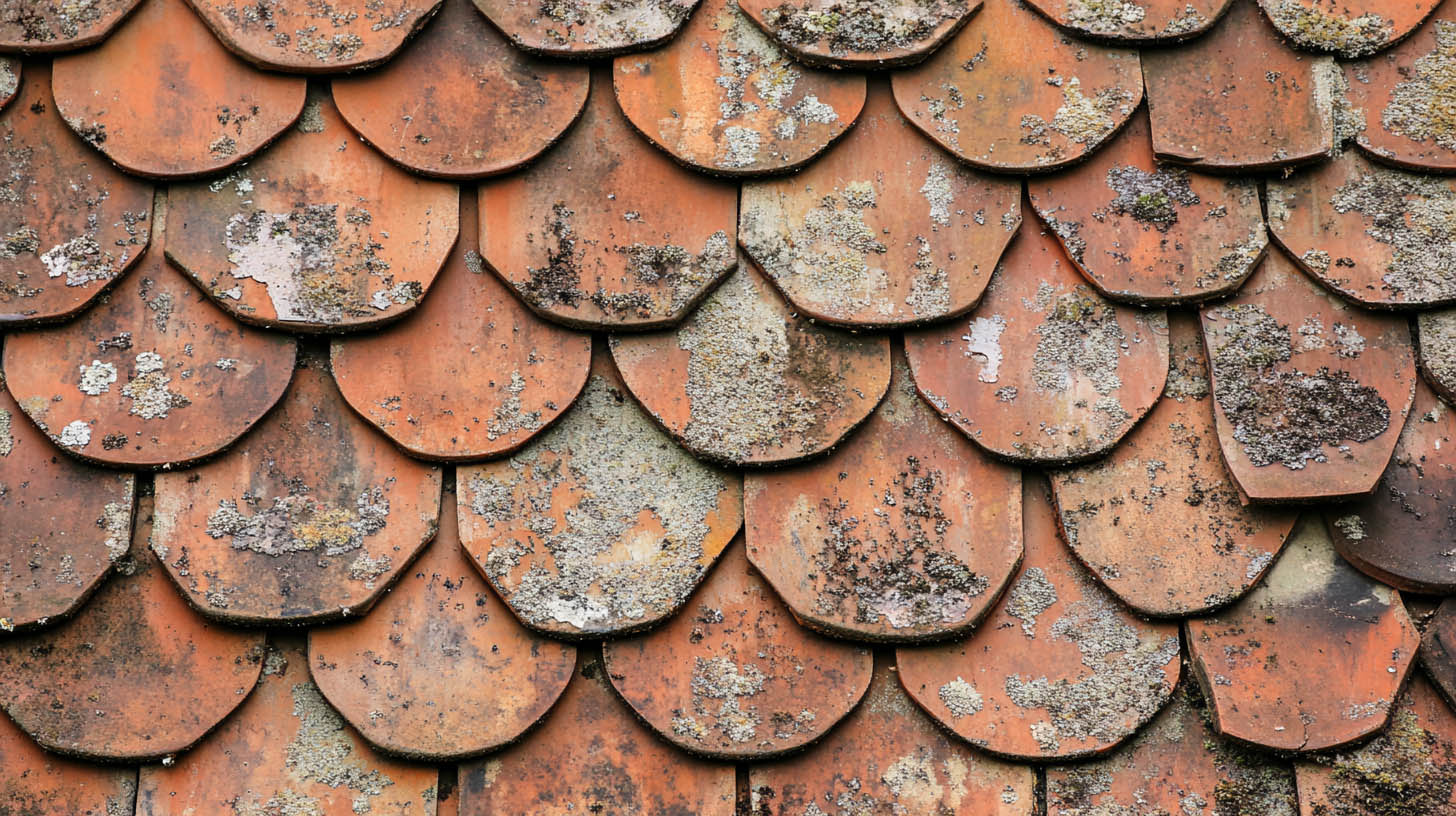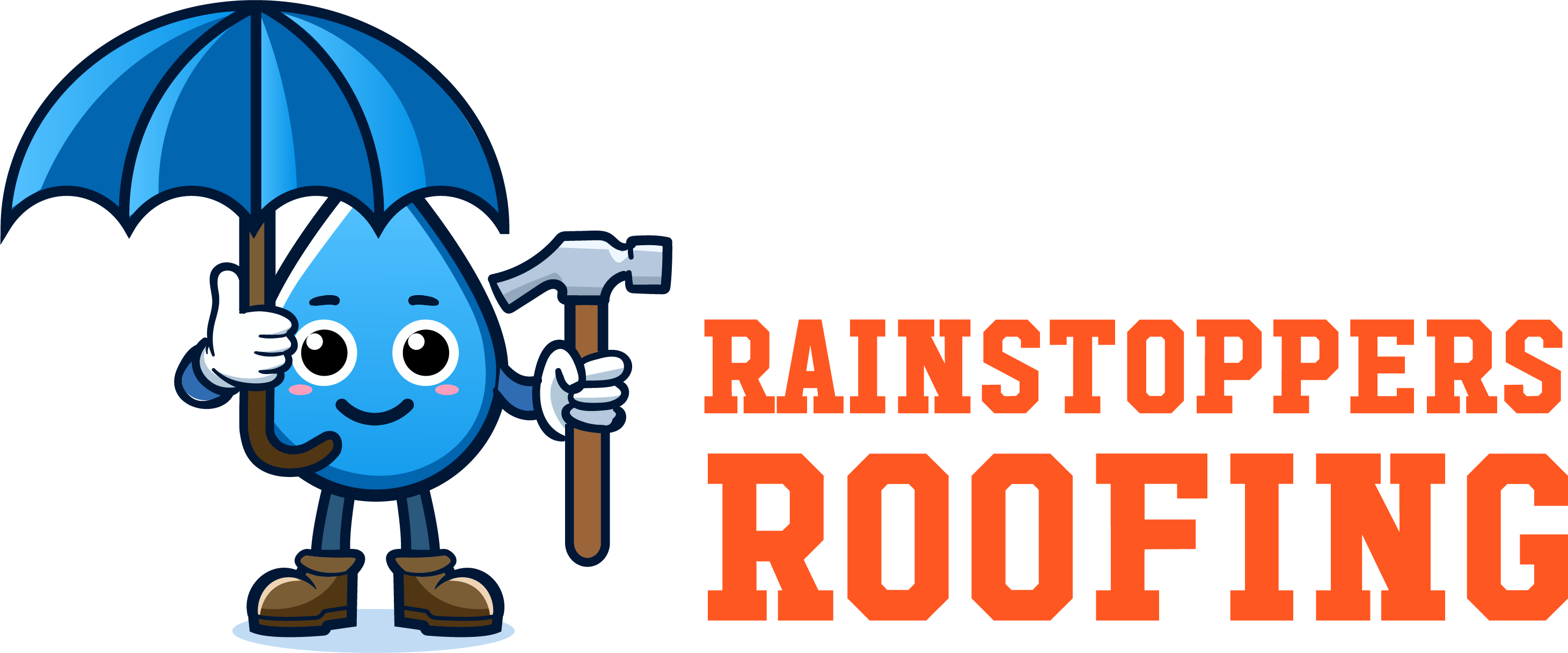
Roof damage is often associated with storms or aging, but some less obvious elements can also compromise its integrity. At Rainstoppers Roofing, based in Charleston, WV, we aim to educate homeowners about potential risks to their roofs and how to mitigate them effectively.
1. Trees and Overhanging Branches
While trees add aesthetic value and shade to your property, they can pose risks to your roof if not maintained.
- Branch Damage: Wind can cause branches to scratch and gouge roofing materials, while falling limbs may lead to severe damage.
- Leaf Buildup: Accumulated leaves clog gutters, causing water backup and potential leaks or structural damage.
Preventative Measures
- Regularly trim overhanging branches.
- Clear gutters of debris, especially during fall.
2. Moss and Algae Growth
Moss and algae might seem harmless but can lead to significant roofing issues.
- Moisture Retention: Moss traps moisture, accelerating material degradation and creating conditions for mold and mildew.
- Shingle Damage: Algae consume limestone in shingles, weakening their structure over time.
Did you know? Roofs with moss can deteriorate up to 50% faster due to constant moisture exposure.
Preventative Measures
- Use moss-resistant materials or apply preventative treatments.
- Ensure adequate drainage and sunlight exposure.
3. Improper Ventilation
Poor ventilation affects both the roof’s and your home’s structural integrity.
- Extreme Temperatures: Inadequate airflow causes temperature fluctuations, leading to cracked roofing materials.
- Moisture Build-Up: Trapped moisture can rot decking and rafters and encourage mold growth, impacting indoor air quality.
Preventative Measures
- Install ridge and soffit vents for balanced airflow.
- Conduct regular inspections to detect ventilation issues early.
Conclusion
Understanding and addressing these unexpected roof-damaging factors can prevent costly repairs and extend your roof’s lifespan. Rainstoppers Roofing offers expert inspections and maintenance services to help protect your roof from both visible and hidden threats.
FAQs
Can trees damage any type of roof material?
Yes, even the most durable materials like metal, slate, or asphalt shingles can be damaged by overhanging branches or debris. If left unchecked, falling branches, leaves, or moss buildup can cause scratches, punctures, or moisture damage.
How often should I clean moss from my roof?
It’s recommended to clean moss from your roof twice a year, ideally in spring and fall. This helps prevent extensive growth, which can trap moisture and lead to long-term damage if left untreated.
What signs indicate poor ventilation?
Signs of poor ventilation include condensation or moisture buildup in the attic, uneven heating or cooling throughout the house, and sagging or warping of the roofline. These issues often indicate that your roof isn’t allowing proper airflow, which can cause structural and energy-related problems.
Is algae harmful to asphalt shingles?
Yes, algae can be harmful to asphalt shingles. The algae feed on the limestone filler used in shingles, which weakens the material, leads to discoloration, and accelerates the aging process of the roof, reducing its lifespan.
Can improper ventilation affect energy bills?
Absolutely. Poor ventilation allows heat to build up in the attic, making it harder to maintain a comfortable indoor temperature. This forces HVAC systems to work harder, leading to higher energy bills, especially during extreme temperatures.If you want to read a blog about signs it’s time for a roof replacement and what to watch for, click here.
